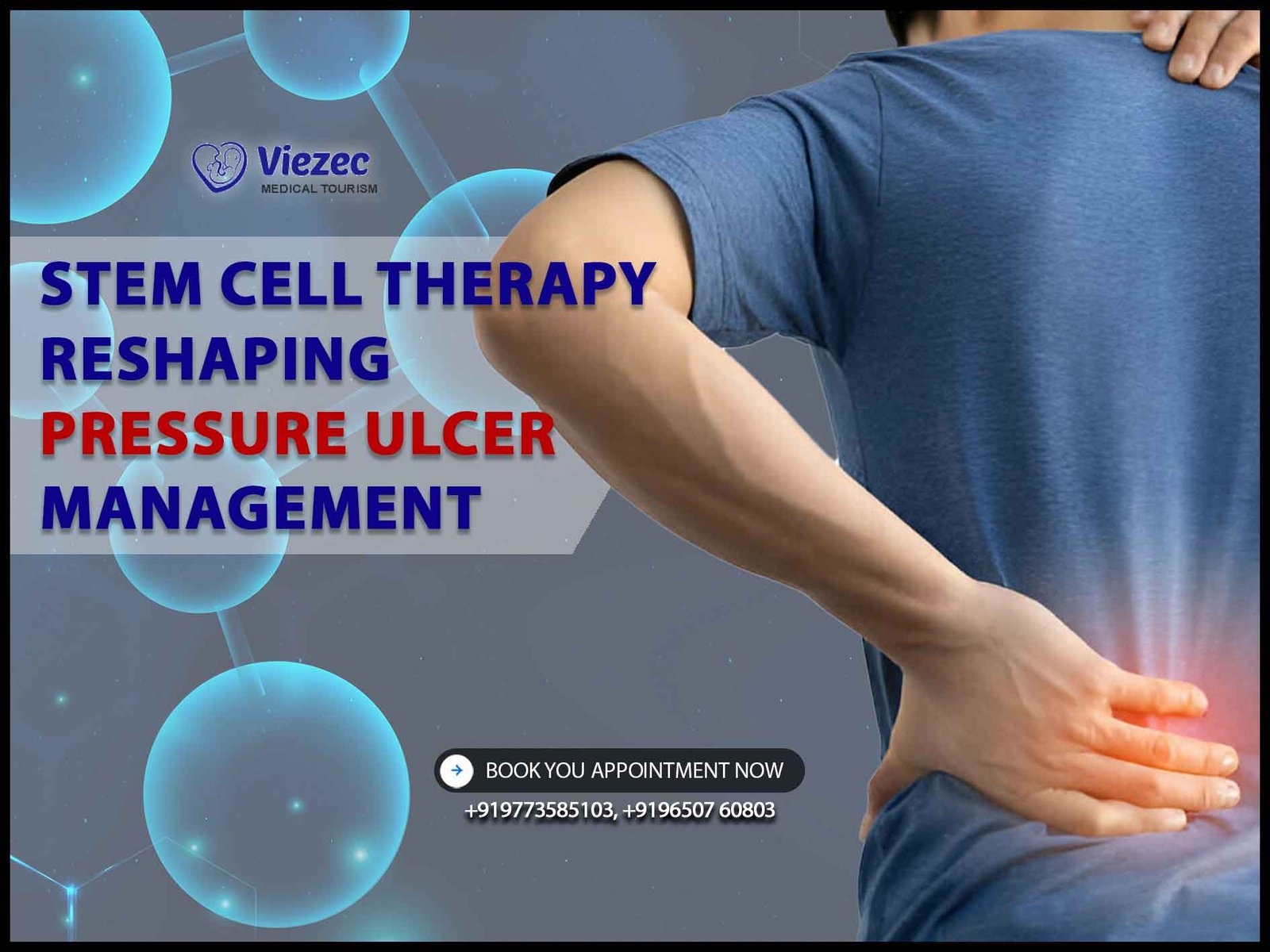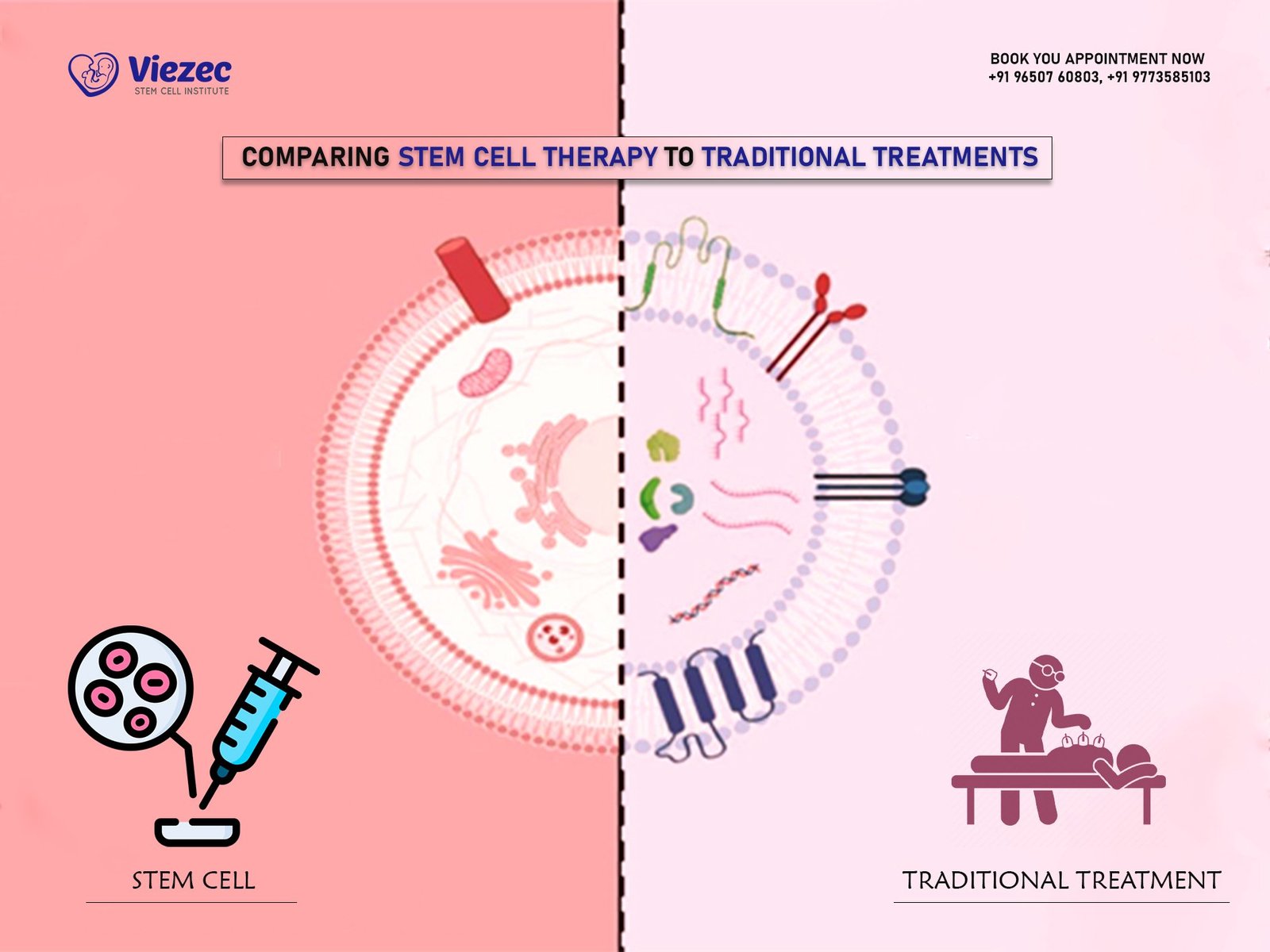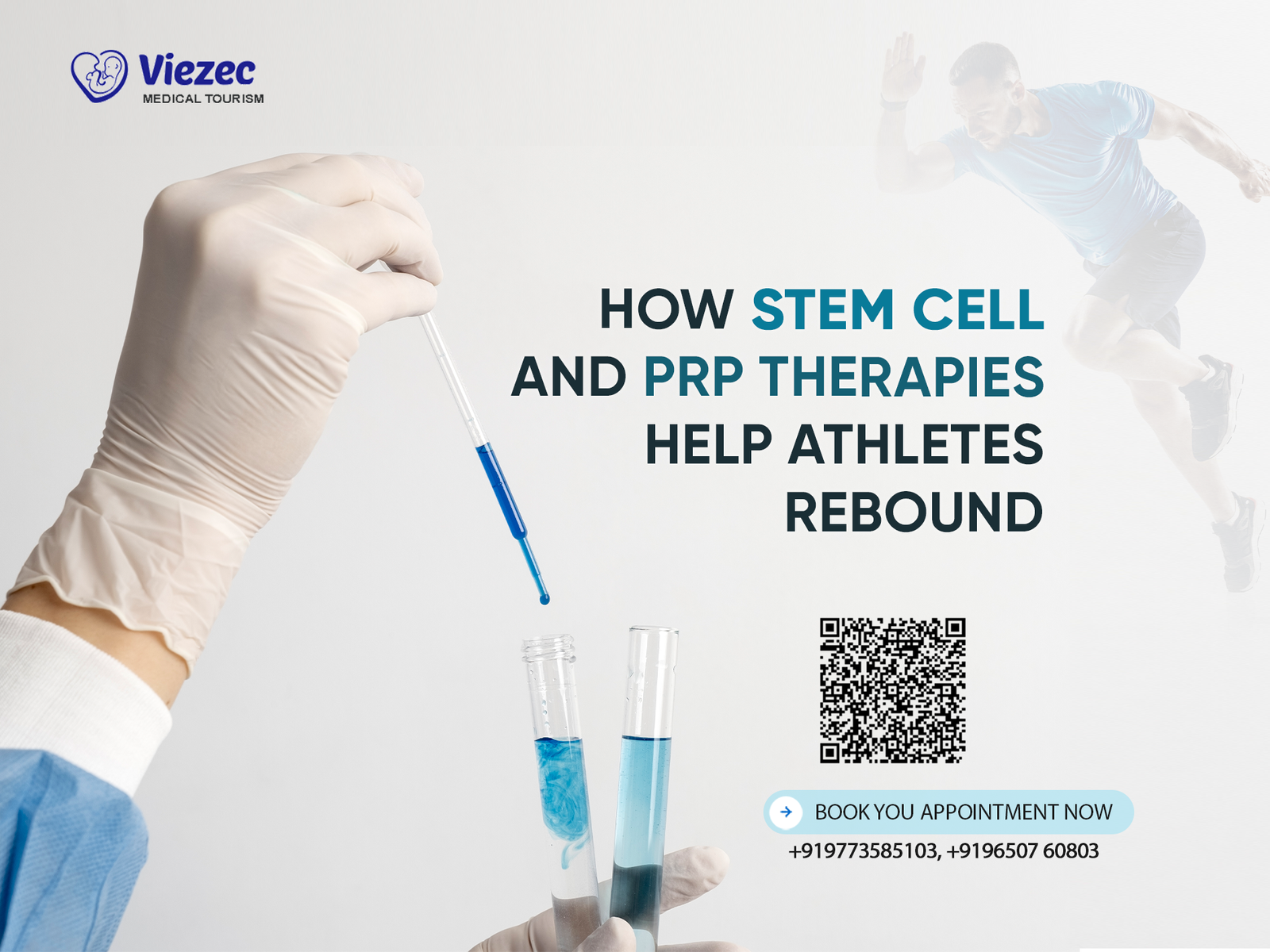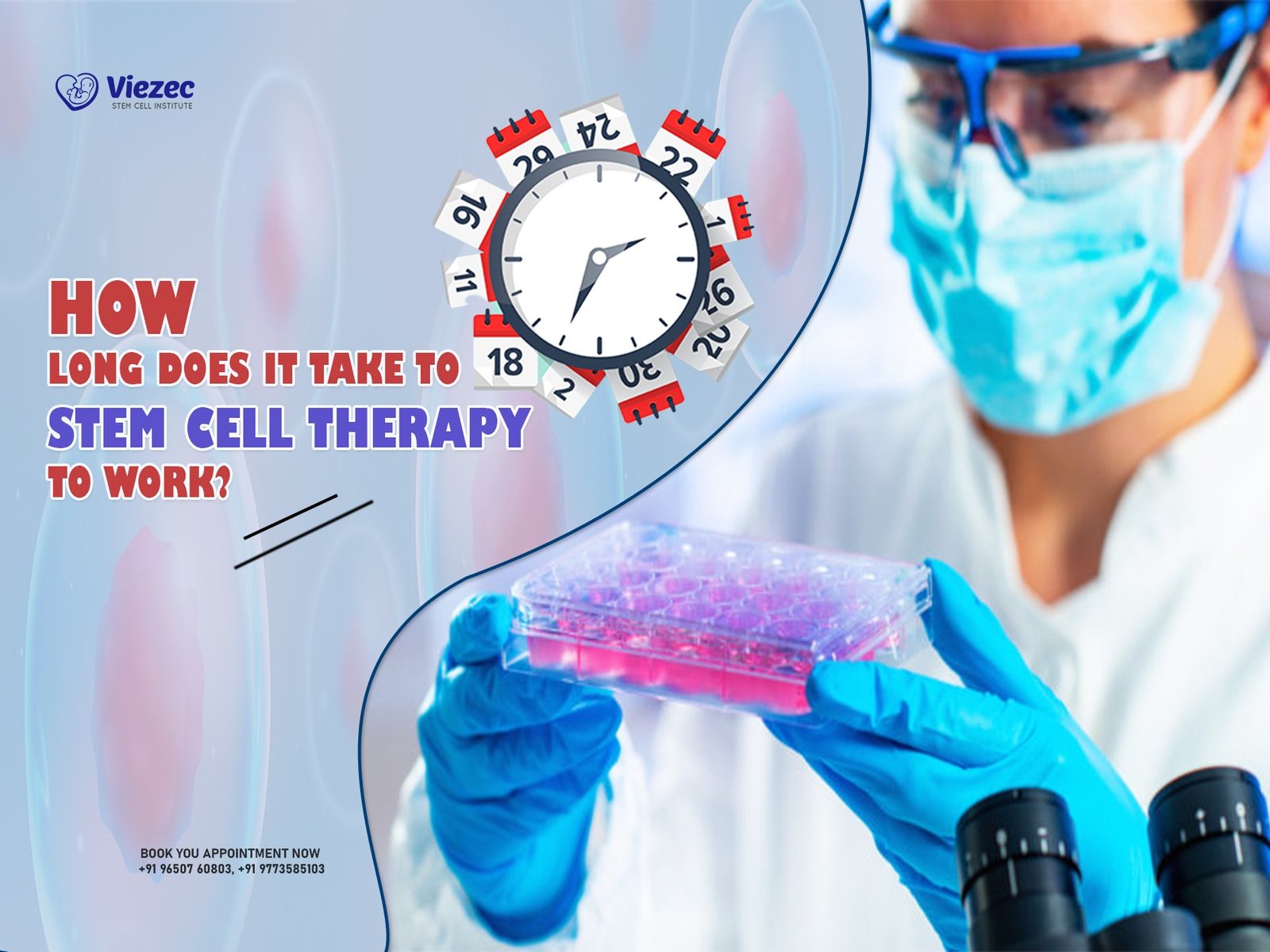Regenerative therapy has emerged as a promising field in medical science, offering innovative solutions for various debilitating conditions. Among the numerous sources of stem cells, adipose tissue derived stem cells (ADSCs) have gained significant attention due to their abundance, accessibility, and remarkable regenerative potential. In this comprehensive guide, we delve into the fascinating world of ADSCs, exploring their biology, applications, and the transformative impact they have on regenerative medicine.
Understanding Adipose Tissue and Stem Cells
Adipose Tissue: More Than Fat Storage
Traditionally viewed as a passive energy reservoir, adipose tissue is now recognized as a dynamic and multifunctional organ. Beyond storing excess energy in the form of triglycerides, adipose tissue secretes various hormones, cytokines, and growth factors, regulating metabolism, inflammation, and immune responses. Additionally, adipose tissue contains a heterogeneous population of cells, including preadipocytes, endothelial cells, immune cells, and mesenchymal stem cells (MSCs).
The Versatility of Stem Cells
Stem cells are undifferentiated cells capable of self-renewal and differentiation into various specialized cell types. MSCs, a type of adult stem cell found in various tissues, including bone marrow, umbilical cord, and adipose tissue, hold immense therapeutic potential due to their ability to differentiate into adipocytes, osteoblasts, chondrocytes, and other cell lineages. Among MSCs, ADSCs stand out for their abundance, ease of isolation, and robust regenerative properties.
Isolation and Characterization of ADSCs
Harvesting Adipose Tissue
The isolation of ADSCs typically begins with the extraction of adipose tissue from the patient through minimally invasive procedures such as liposuction or lipectomy. Unlike other sources of stem cells, such as bone marrow, adipose tissue can be obtained in larger quantities with minimal discomfort to the donor, making it an attractive source for regenerative therapies.
Processing and Culturing ADSCs
Once harvested, the adipose tissue undergoes processing to isolate the stromal vascular fraction (SVF), which contains ADSCs along with other cell types and extracellular matrix components. The SVF is then cultured under controlled conditions, allowing the ADSCs to proliferate while maintaining their stemness. Various techniques, such as fluorescence-activated cell sorting (FACS) and magnetic-activated cell sorting (MACS), are employed to enrich the population of ADSCs and remove contaminating cells.
Characterization of ADSCs
Characterization of ADSCs involves assessing their surface marker expression, differentiation potential, and immunomodulatory properties. ADSCs typically express markers such as CD44, CD73, CD90, and CD105 while lacking expression of hematopoietic markers such as CD45 and CD34. Moreover, ADSCs can differentiate into adipogenic, osteogenic, and chondrogenic lineages under appropriate culture conditions, demonstrating their multipotency.
Therapeutic Applications of ADSCs
Tissue Regeneration and Repair
One of the primary applications of ADSCs is in tissue regeneration and repair. By harnessing their differentiation potential, ADSCs can be directed to differentiate into specific cell types required for tissue repair, such as adipocytes for soft tissue reconstruction, osteoblasts for bone regeneration, and chondrocytes for cartilage repair. This ability makes ADSCs invaluable in treating conditions such as osteoarthritis, non-healing fractures, and soft tissue injuries.
Anti-Inflammatory and Immunomodulatory Effects
In addition to their regenerative capacity, ADSCs exhibit potent anti-inflammatory and immunomodulatory effects. Through the secretion of various cytokines and growth factors, ADSCs can suppress excessive inflammation, mitigate immune responses, and promote tissue healing. This immunomodulatory property makes ADSCs a promising therapeutic option for autoimmune diseases, graft-versus-host disease (GVHD), and inflammatory disorders.
Angiogenesis and Vascular Repair
Another crucial function of ADSCs is their ability to promote angiogenesis and vascular repair. ADSCs secrete pro-angiogenic factors such as vascular endothelial growth factor (VEGF) and basic fibroblast growth factor (bFGF), stimulating the formation of new blood vessels and improving tissue perfusion. This angiogenic potential holds significant implications for treating ischemic conditions such as myocardial infarction, peripheral artery disease, and stroke.
Challenges and Future Directions
Standardization of Protocols
Despite the promising therapeutic potential of ADSCs, several challenges need to be addressed to facilitate their widespread clinical application. One such challenge is the standardization of isolation and culture protocols to ensure consistency and reproducibility across different studies and clinical settings. Establishing standardized protocols will enhance the quality and safety of ADSC-based therapies while enabling meaningful comparisons between studies.
Regulatory Considerations
The regulatory landscape surrounding ADSC-based therapies is another area of concern. As with any novel therapeutic approach, ensuring safety and efficacy while navigating regulatory requirements is paramount. Regulators must strike a balance between promoting innovation and safeguarding patient interests, fostering an environment conducive to the responsible development and commercialization of ADSC-based treatments.
Optimization of Delivery Strategies
Optimizing the delivery of ADSCs to target tissues represents a significant area of research focus. Various delivery strategies, including direct injection, scaffold-based approaches, and cell sheet engineering, are being explored to enhance the engraftment and retention of ADSCs at the site of injury. Additionally, advances in bioengineering and biomaterials hold promise for developing next-generation delivery platforms that improve the therapeutic outcomes of ADSC-based therapies.
Exploration of Combination Therapies
Combining ADSCs with other therapeutic modalities represents a promising approach to enhance their efficacy. Synergistic interactions between ADSCs and factors such as growth factors, cytokines, and biomaterials can augment their regenerative potential and accelerate tissue repair. Furthermore, exploring combinatorial approaches involving ADSCs and other cell types, such as mesenchymal stromal cells or induced pluripotent stem cells, holds immense therapeutic promise for addressing complex diseases and injuries.
Adipose tissue-derived stem cells (ADSCs) represent a game-changer in regenerative therapy, offering a versatile and potent tool for tissue repair and regeneration. With their abundance, accessibility, and remarkable regenerative potential, ADSCs hold promise for revolutionizing the treatment of various debilitating conditions, ranging from musculoskeletal disorders to autoimmune diseases. Despite the existing challenges, ongoing research efforts aimed at optimizing isolation techniques, elucidating underlying mechanisms, and advancing delivery strategies continue to propel the field forward. As we navigate the complexities of translating ADSC-based therapies from bench to bedside, the future holds immense potential for unlocking new avenues in regenerative medicine and improving patient outcomes.









